The Standard Mercator Projection Is Best Described by What
D all of the above. Which statement best describes a transverse Mercator projection.
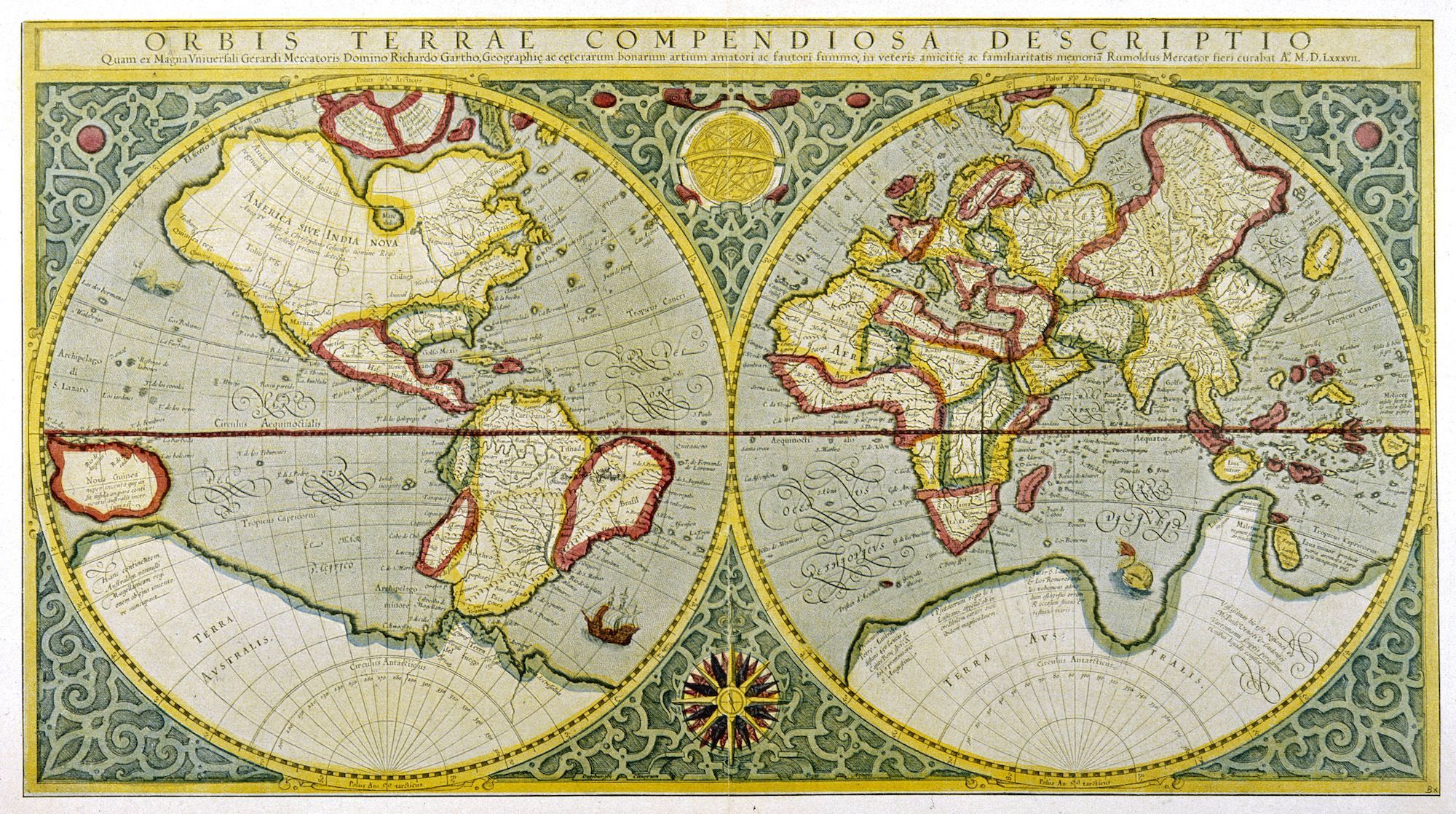
Gerardus Mercator National Geographic Society
Which statement best describes a transverse Mercator projection.

. The ellipsoidal model describes an idealized shape and size of the earth. As a side effect the Mercator. Most parallels are straight.
It is important to remember that the look of a projected graticule depends on several projection parameters including latitude of projection origin central meridian standard lines and others. Appearances can be deceiving. The map is an equivalent projection.
The direction north is always straight toward the top of the mapParallels and meridians all cross at right angles Which statement describes the Goodes Interrupted Homolosine projection. The standard Mercator projection orients north to the top and is centered at the. Linear scale is constant on a Mercator projection in every direction preserving the shapes and angles of small objects effectively.
It is often described as a cylindrical projection but it must be derived mathematically. The map shape is circular. The Mercator projection is a cylindrical map projection presented by the Flemish geographer and cartographer Gerardus Mercator in 1569.
Tangent to the equator. It is the reason Greenland looks the size of Africa on Google Maps. Over time as European explorers Mercator projections in hand took over the world Mercator became the de facto standard projection for all world maps be they for decoration or education.
Meridians converge to the poles. The North and South Poles are points. Most projections have formulas that apply to any ellipsoid of rotation whose shape is determined by its flattening or an equivalent parameter such as the eccentricity.
In 1569 Geradus Mercator created the most famous and most recognisable map projection and it is still widely used today despite its huge distortions. The surface of the Earth can be described by the standard polar coordinate system θ ϕ. Most meridians are curved lines C.
C one inch on the map equals 24000 inches on the ground. A different projection is used for the Eastern. If you have ever seen a map of the world in a classroom or in an atlas chances are you have seen the work of Gerardus Mercator a 16 th -century Flemish cartographer mapmaker.
The Mercator projection can be used to make a 2D map of the Earths surface by introducing functions x x λ ϕ and y y λ ϕ and using. The map is thereby conformal. An equal area projection D.
The meridians are equally spaced parallel vertical lines and the parallels of latitude are parallel horizontal straight lines that are spaced farther and farther apart as their distance from the Equator increases. The side effect of this outcome creates the. This map projection is practical for nautical applications due to its ability to represent lines of constant course known as rhumb lines as straight segments that conserve the angles with the meridians.
The shape is rectangular. A compromise projection E. His most famous work the Mercator projection is a geographical chart where the spherical globe is flattened into a two-dimensional map with latitude and.
Customized map projections may look entirely different from the archetypes described above Figure 216. Parallels and meridians meet at different angles. High latitude areas are exaggerated in size.
Which statement describes an Eckert IV projection. It became the standard map projection for navigation because it is unique in representing north as up and south as down everywhere while preserving local directions and shapes. Mercator projection type of map projection introduced in 1569 by Gerardus Mercator.
A landmass will be the same area on the map as on the globe but its shape will be distorted. Which family of map projections is usually tangent at the equator with the projection surface parallel to Earths axis. The Mercator projection is a cylindrical map projection presented by Flemish geographer and cartographer Gerardus Mercator in 1569.
Distances along the equator are always correct but nowhere else. Most parallels are straight B. A theodesy B geodesy C calligraphy D cartography.
List of the Cons of Mercator Projection. Parallels and meridians meet at different angles. It became the standard map projection for nautical purposes because of its ability to represent lines of constant course known as rhumb lines or loxodromes as straight segments that conserve the angles with the.
This fulfills the conditions of a conformal map projection. Which statement describes a Mercator projection. The aspect describes the orientation of the ellipsoid.
A one centimeter on the map equals 24000 centimeters on the ground. It is interrupted because major areas of Earth are âœleft offâ and not mapped. The North and South Poles are points.
The map shape is circular. High latitude areas are exaggerated in size. As a result many laymen began taking its distortion for truth believing that regions near the equator were in fact as small as they appeared on the map.
The Mercator projection is a cylindrical map projection presented by the Flemish geographer and cartographer Gerardus Mercator in 1569. Nearest the equator there is little distortion. It can also be described by the longitude latitude coordinate system where the longitude λ is given by λ π 2 θ and the longitude is just ϕ.
Which of the following scenarios is most likely to occur in an equivalent projection. The shape is rectangular. Which statement describes an Eckert IV projection.
Which of the following projections is used for general-purpose world maps because it communicates a balanced representation of the world. Meridians converge to the poles. Which statement describes a Mercator projection.
B one foot on the map equals 24000 feet on the earth. It forces the map to create a distortion away from the equator. 7 A map scale of 124000 means that.

Transverse Mercator Projection Wikiwand

File Mercator Projection Svg Wikipedia
Map Projections Mercator Vs The True Size Of Each Country Brilliant Maps
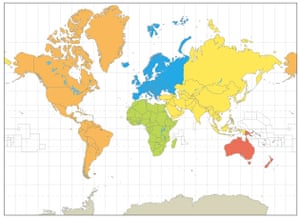
World Maps Mercator Goode Robinson Peters And Hammer Science The Guardian

Boston Schools Replace World Maps With New More Accurate Projection Cartografia Mapa Mundi Projecoes Cartograficas

Huge Hi Res Mercator Projection Physical And Political Relief World Map Metal Print By Serge Averbukh World Map Wallpaper Map Wallpaper World Map Wall

Beautiful World Map Vintage Atlas 1898 Mercator Projection Etsy Map Art Print Vintage Posters Map Art

Mercator Projection An Overview Sciencedirect Topics

A Look At The Mercator Projection Gis Lounge

Greenland S Size Using The Mercator Projection Vs Its Actual Size Http T Co B6zgmbd7vj Amazing Maps Planet Map Modern Map

2 3 Map Projections Introduction To Oceanography

The Mercator Projection 1569 Early World Maps Ancient Maps Old Maps

4 Mercator Projection Of The Earth Created With Gmt Download Scientific Diagram
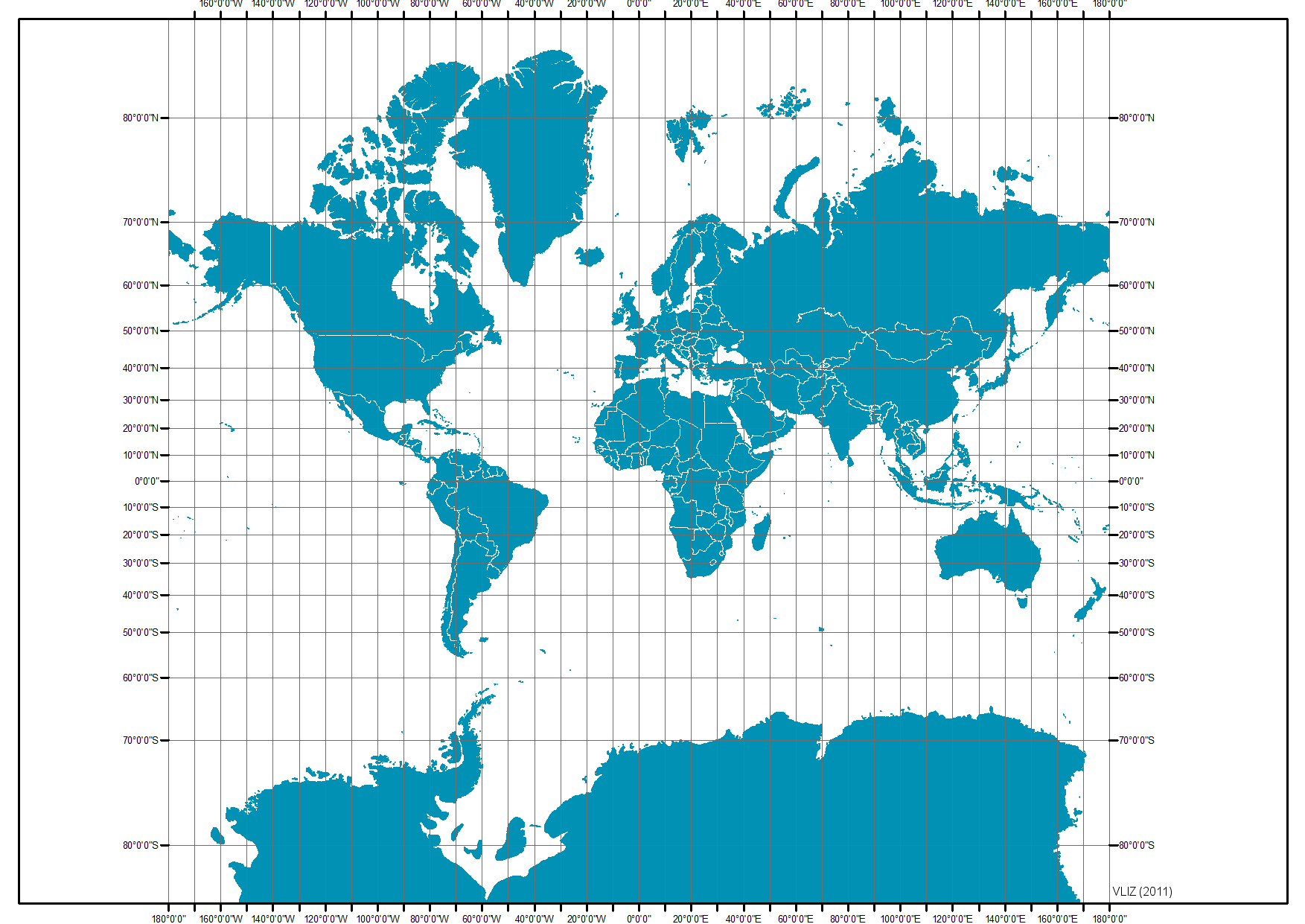

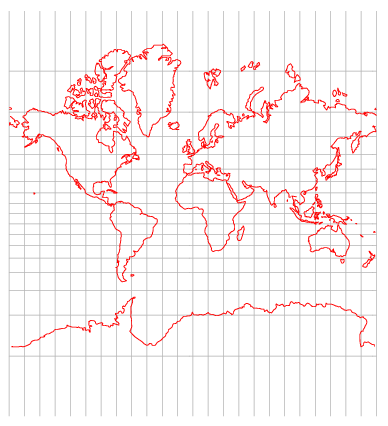


Comments
Post a Comment